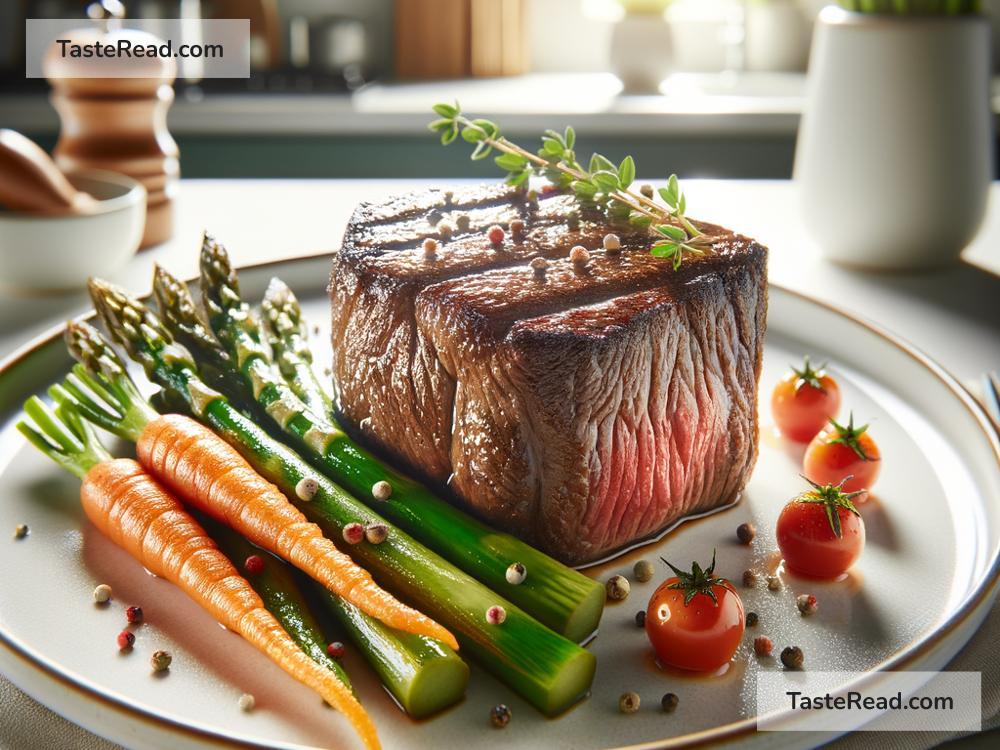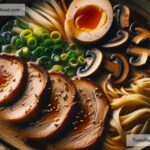The Science of Sous Vide Cooking Explained in Simple English
Cooking is an art and a science, and one cooking method that perfectly combines both is sous vide. If you’ve ever wondered why your favorite restaurant’s steak is so tender or why vegetables taste so vibrant, there’s a good chance sous vide is involved. This fascinating style of cooking has been growing in popularity, but many people are still unfamiliar with how it works. In this article, we’ll break down sous vide cooking in simple terms, so you can understand the science behind it and why it’s such a game-changer in the kitchen.
What is Sous Vide?
The term “sous vide” is French for “under vacuum.” It’s a cooking method where food is sealed in an airtight plastic bag (or vacuum-sealed pouch) and then cooked in a precisely controlled water bath. The temperature of the water is set to the exact degree you want the food to reach. For example, if you’re cooking steak, you might set the water bath to 130°F if you want it medium-rare.
The process is different from traditional cooking methods like grilling, baking, or frying, where temperatures are much higher and food often cooks unevenly. Sous vide allows you to cook food slowly and evenly, ensuring perfect results every time.
The Science Behind Sous Vide
The magic of sous vide lies in temperature control and even heat distribution. To understand the science, let’s talk about a few key principles.
1. Precise Cooking Temperature
When you cook food in an oven or on a stovetop, you’re usually working with high, fluctuating temperatures. For instance, a pan on the stove might heat up to 400°F, but the insides of your steak only need to reach 130°F for medium-rare. Because of this temperature difference, it’s easy to overcook the outside while the inside stays undercooked.
Sous vide eliminates this problem by cooking food at the exact temperature you want it to finish at. If you want a medium-rare steak, you set the water bath to 130°F and leave the steak in the water until it reaches that temperature evenly throughout. There’s no risk of overcooking because the water bath never gets hotter than your target temperature.
2. Even Heat Distribution
Water is an excellent conductor of heat, much better than air. In traditional cooking (like baking or roasting), hot air surrounds the food but doesn’t distribute heat as evenly. Water, on the other hand, touches every part of the food and carries heat directly to it. This makes sous vide cooking incredibly consistent, ensuring that every bite is perfectly cooked.
3. Reduced Moisture Loss
Have you ever cut into a chicken breast or pork chop and watched all the juices spill out? This happens because high-heat cooking causes water inside the food to evaporate. Sous vide cooking uses lower temperatures over a longer time, which helps retain moisture. The vacuum-sealed bag also traps juices, keeping the food tender and flavorful.
4. Maillard Reaction (Optional Finishing Step)
One thing sous vide cooking doesn’t do is create the seared, browned crust you see on steaks or roasted vegetables. That’s because this crust is created by something called the Maillard reaction, where high heat causes food to caramelize. To achieve this finishing touch, many sous vide cooks quickly sear their food in a hot pan or grill after it comes out of the water bath. This step adds texture and extra flavor, completing the meal.
What Can You Cook Sous Vide?
Sous vide isn’t limited to fancy dishes or gourmet meals — it’s a versatile technique that works with almost any type of food. Here are some examples of foods that shine when cooked sous vide:
- Steaks and Meats: Sous vide is famous for its ability to deliver perfectly cooked steaks. Pork chops, chicken breasts, ribs, and even lamb come out tender and juicy.
- Fish: Delicate seafood like salmon and shrimp can be cooked to perfection without drying out or falling apart.
- Vegetables: Sous vide preserves vibrant colors and enhances natural flavors, making vegetables tastier than ever.
- Eggs: You can make restaurant-quality poached eggs or creamy scrambled eggs with sous vide.
- Desserts: Yes, you can even make desserts like custards, cheesecakes, and crème brûlée using sous vide.
Why Do People Love Sous Vide?
Sous vide has won the hearts of home cooks and chefs alike because it simplifies cooking and guarantees amazing results. Here are some major benefits:
- Consistency: Because sous vide uses precise temperatures, your food comes out perfect every time — no guesswork.
- Convenience: You don’t need to stand at the stove or check on the oven constantly. Simply set the temperature, drop in the food, and let it cook.
- Enhanced Flavor: Sous vide locks in juices, flavors, and nutrients, making food more delicious and nutritious.
- Safety: Cooking meat at consistent temperatures helps kill harmful bacteria without overcooking.
Getting Started with Sous Vide
Getting started with sous vide doesn’t require much — just an immersion circulator (a device that heats and circulates water), a pot, and resealable plastic bags. These tools are affordable and easy to use. Plus, there are tons of recipes online to inspire your culinary adventures.
Sous vide might seem fancy, but it’s actually a simple and approachable technique that can improve your cooking skills and make your meals more enjoyable. Whether you’re a beginner or a seasoned chef, understanding the science of sous vide opens up a world of possibilities in the kitchen. Try it, and you just might fall in love with this modern cooking method!


